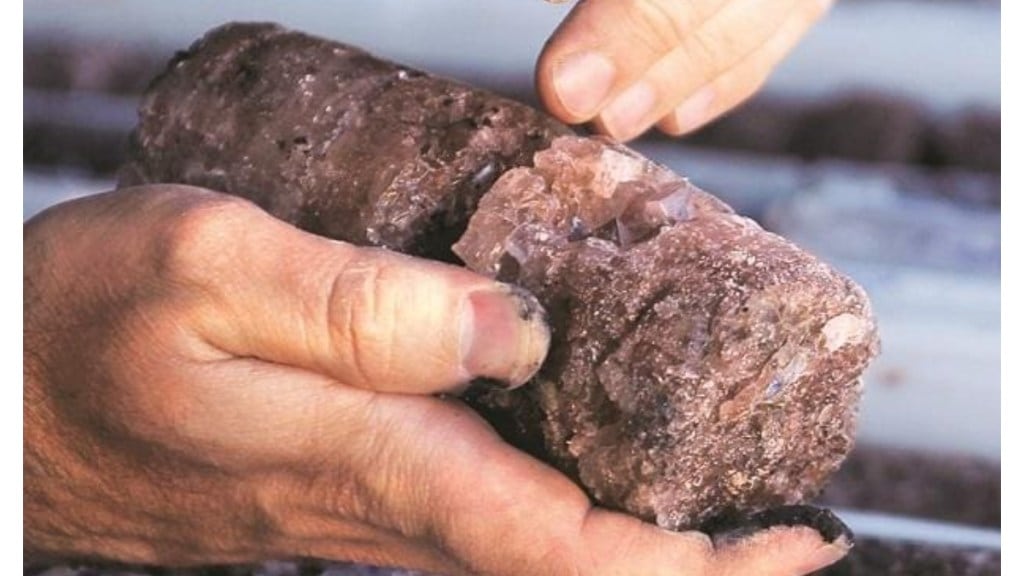By Akshay Kashyap
India is a rapidly developing country actively seeking ways to reduce its dependence on imported energy sources. Currently, the country is heavily reliant on coal, oil, and gas imports, accounting for nearly 80% of the nation’s energy needs, which can prove to be expensive and challenging to acquire in the long run.
The government is actively seeking alternative energy sources to reduce India’s dependence on fossil fuels and is investing in technologies that can be powered by renewable energy sources. One of the most promising technologies driving the change in the space of e-mobility solutions is the lithium-ion battery, an advanced battery technology that uses lithium ions as a key component of its electrochemistry.
As per a report by the Business as Usual (BAU) scenario, the yearly Li-ion battery demand is anticipated to increase at a CAGR of 41%, reaching 142 GWh, between 2021 and 2030. These lithium-ion batteries can provide a reliable energy source for several applications, including home use; automotive applications; and industrial applications. The downside of lithium is that it is not readily available in nature. And thus, import from foreign nations like China, which controls a startling 85% of the global Li-ion battery raw material capacity, is necessary.
However, with the discovery of 5.9 million tonnes of lithium deposits in Jammu and Kashmir, India is on a path to self-sufficiency in manufacturing its own lithium-ion batteries domestically. If completely mined and transformed into battery-grade Lithium can support up to 6 TWh of cell production.
This vital discovery could be a significant boon as it could make us truly ‘Atmanirbhar’ while creating jobs, generating revenue, and furthering its e-mobility ambitions. India’s plan to increase EV penetration by 30% by 2030 relies heavily on lithium. Therefore, this important finding by GSI will help India get closer to its goal of net zero emissions by 2070 and will increase the production of lithium-ion batteries.
Traditional extraction vs Direct extraction
At present, traditional lithium extraction happens through a process known as leaching. This method involves soaking lithium-containing materials in water and using chemicals to extract the lithium from the material. This method is not only expensive, but it could also lead to environmental contamination.
To address these issues, companies in mining lithium deposits are actively exploring new lithium extraction methods, including direct lithium extraction technology. This technology involves extracting lithium directly from the source material without chemical leaching.
Direct lithium extraction (DLE) technology is a process of extracting lithium ions directly from the surface of a mineral or brine deposit. This process involves an electrolytic cell that separates the ions from the ore or brine, allowing them to be collected and used in products. It uses a combination of selective leaching, solvent extraction, and ion exchange to selectively extract lithium from minerals with an average recovery rate of over 98%. It is a more cost-effective and environmentally friendly alternative to traditional methods.
The process also produces a much cleaner end product. Therefore, it can be a crucial part of India’s effort to reduce its import dependency by extracting and manufacturing its own lithium cells leaving a minimal carbon footprint. It is a cost-effective and environmentally friendly way to extract lithium, and it can help India become more energy independent. Additionally, the technology can help India’s economy by providing a source of domestically produced lithium, which can power the growing demand for energy.
Challenges of implementing DLE technology
DLE has been deployed on very few projects around the world. And scaling up DLE techniques from lab to production is a challenge. Developing the necessary infrastructure for direct lithium technology is a challenge for India, as it requires significant investment in time, money, and resources. DLE technology requires expensive materials and sophisticated equipment, making it challenging to achieve cost-effectiveness. The lack of standardisation and regulation for lithium-based batteries may create difficulties in implementing DLE technology. Additionally, finding and training skilled personnel to operate and maintain direct lithium technology is another challenge for the country.
India should invest in research and development to develop and produce the necessary components and materials for the DLE technology system. The country should also establish partnerships with industry stakeholders to facilitate the successful deployment of DLE technology. This includes partnering with companies that are experienced in DLE research and development, and those that are familiar with the components and materials that are necessary for the system, only then will it successfully strive towards the successful realisation of these vast natural resources.
The author is the Managing Director at Greenfuel Energy Solutions.
Disclaimer: Views expressed are personal and do not reflect the official position or policy of Financial Express Online. Reproducing this content without permission is prohibited.



















